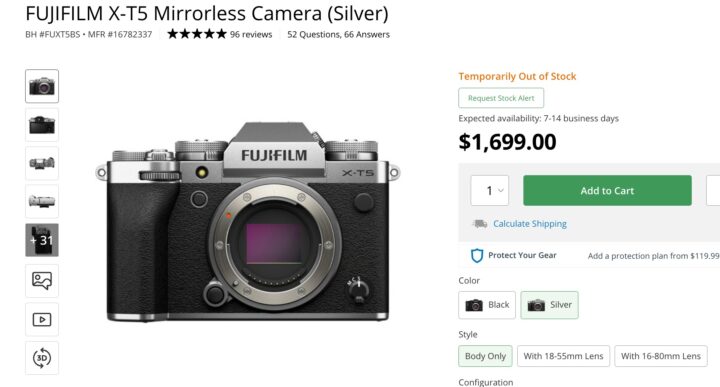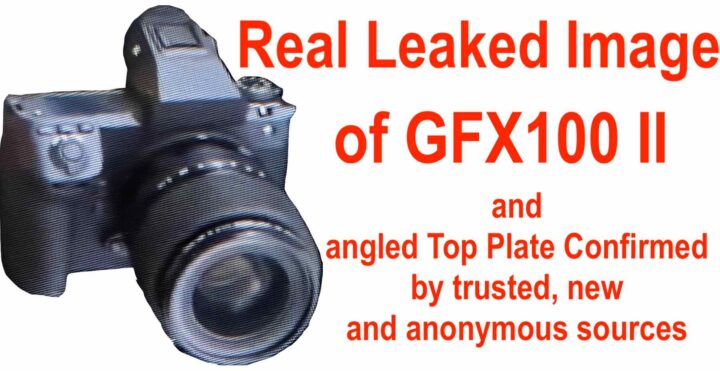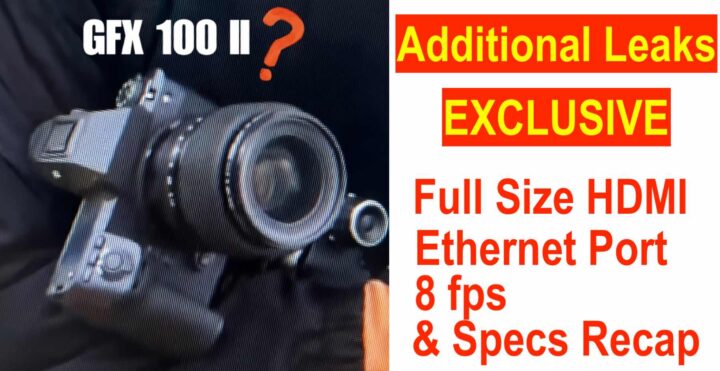Fujifilm X-T5 Shortage Continues
Back in November Fujifilm annonuced shortages on Fujifilm X-T5 cameras.
The shortage affected mostly Asian countries and the X-T5 stock in North America and Europe has been pretty stable until now, where you can easily find the X-T5 in stock.
Only the silver X-T5 is market as temporary out of stock at BHphoto, but they expect itback in stock in 1 or 2 weeks.
Sadly in some Asian countries the situation is not as good, where, as reported by asobinet, the X-T5 is still very hard to find in stock.
- Fujifilm X-T5: BHphoto / AmazonUS / Adorama / Moment / Focuscamera





